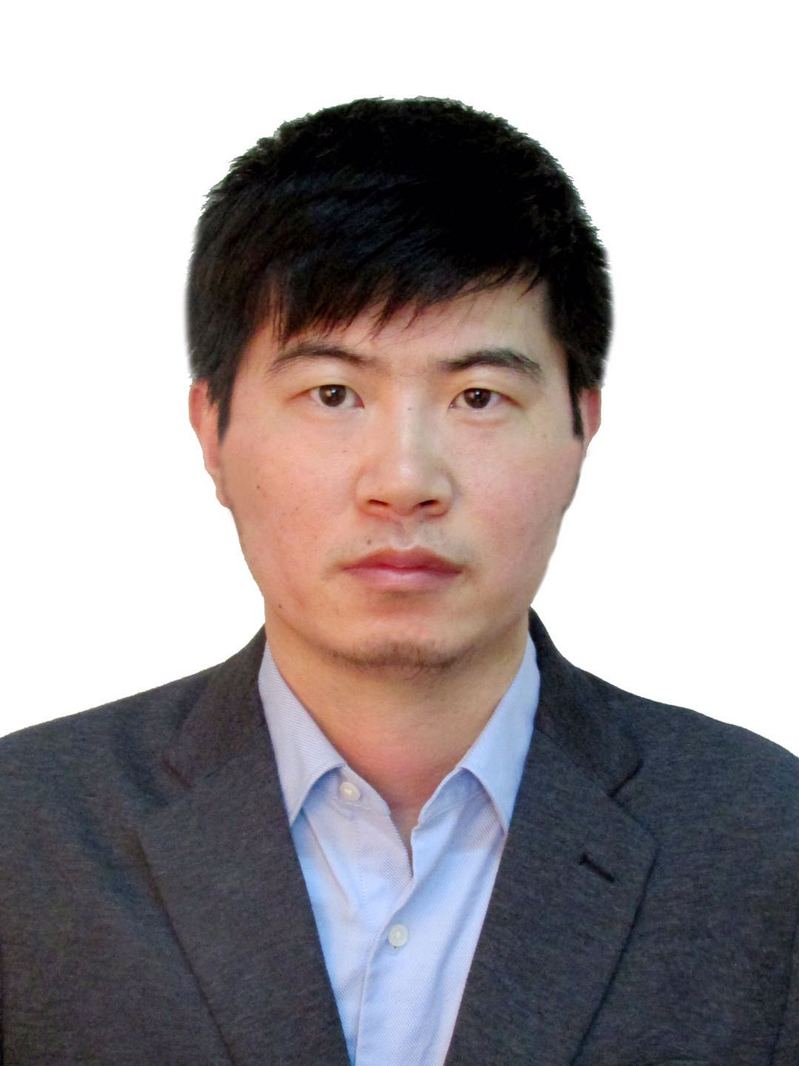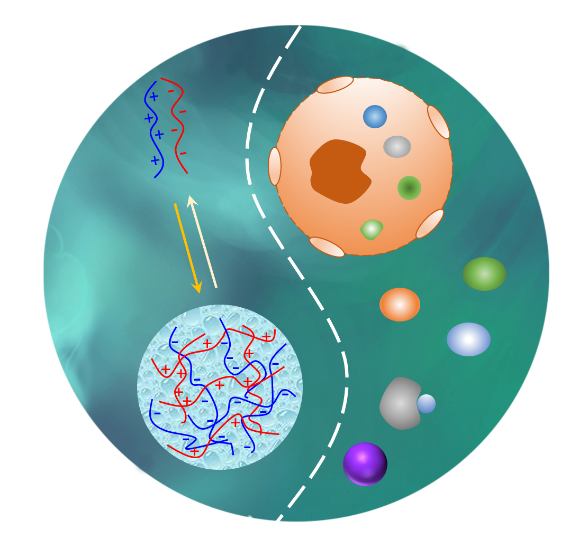Liquid-liquid phase separation (LLPS) has emerged as a new paradigm in the fields of soft matter, colloid chemistry, prebiotic chemistry, and cell biology. As phase separation is a dynamic assembly process, how to spatiotemporally regulate the assembly and disassembly of these micrometre-sized droplets, which are referred as biomolecular condensates in biology is essential for their diverse applications in various disciplines. Many membraneless organelles, like stress granules, Balbiani bodies, and condensates inside cell nucleus like nucleolus, Cajal Bodies, PML bodies, and paraspeckle, have been found ubiquitously to be arisen from LLPS in biological systems. These coacervate analogues in living cells, such as RNA granules, RNP bodies, and nuclear bodies, can be generally referred as biomolecular condensates. In many cases, these biomolecular condensates usually contain proteins with repeats of weakly binding interaction domains, which may bind to either RNA or complementary binding partners on other proteins, and interactions between these multivalent motifs provide main driving force for intracellular liquid-liquid phase separation. However, theoretical understanding of such phase separations remains very limited.
Prof. Liangfei Tian has realized the spatially organization of defect-free coacervate microdroplet array using a two-dimensional (2D) periodic acoustic standing wave pressure field. Moreover, the spatial and functional differentiation in this immobilized protocell array has been realized using unidirectional or counter-directional flows of artificial morphogens. The construction of coacervate microdroplet arrays with various spatial differentiation regions in response to morphogen gradients could have implications for contemporary theories of the origin of life and demonstrate a potential mechanism for the emergence of functional complexity in ancient proto-living systems.

In this paper, Prof. Liangfei Tian review recent advances in the spatiotemporal control of coacervate microdroplets using different physical tools and discuss how to use enzymatic cascade reactions and external environmental stimuli to induce phase transition. Also, the spatiotemporal organization of biomolecular condensates in living cells under physical, chemicals stimuli and structural alteration is highlighted. Specifically, the exploration of phase transition in compartmentalized protocellular systems which can bridge the gap between these two systems is summarized, and challenges and future research directions are discussed. This study was supported by the Hundred Talents Program of Zhejiang University, the Fundamental Research Funds for the Central Universities, and China Postdoctoral Science Foundation.

Figure 1. Liquid-liquid phase separation (LLPS) in bulk solution and biological systems.
1. X.Wang, P. Zhang, L. Tian*. 2021. Spatiotemporal organization of coacervate microdroplets. Current Opinion in Colloid & Interface Science. 52:101420.
(https://www.sciencedirect.com/science/article/pii/S1359029421000042)